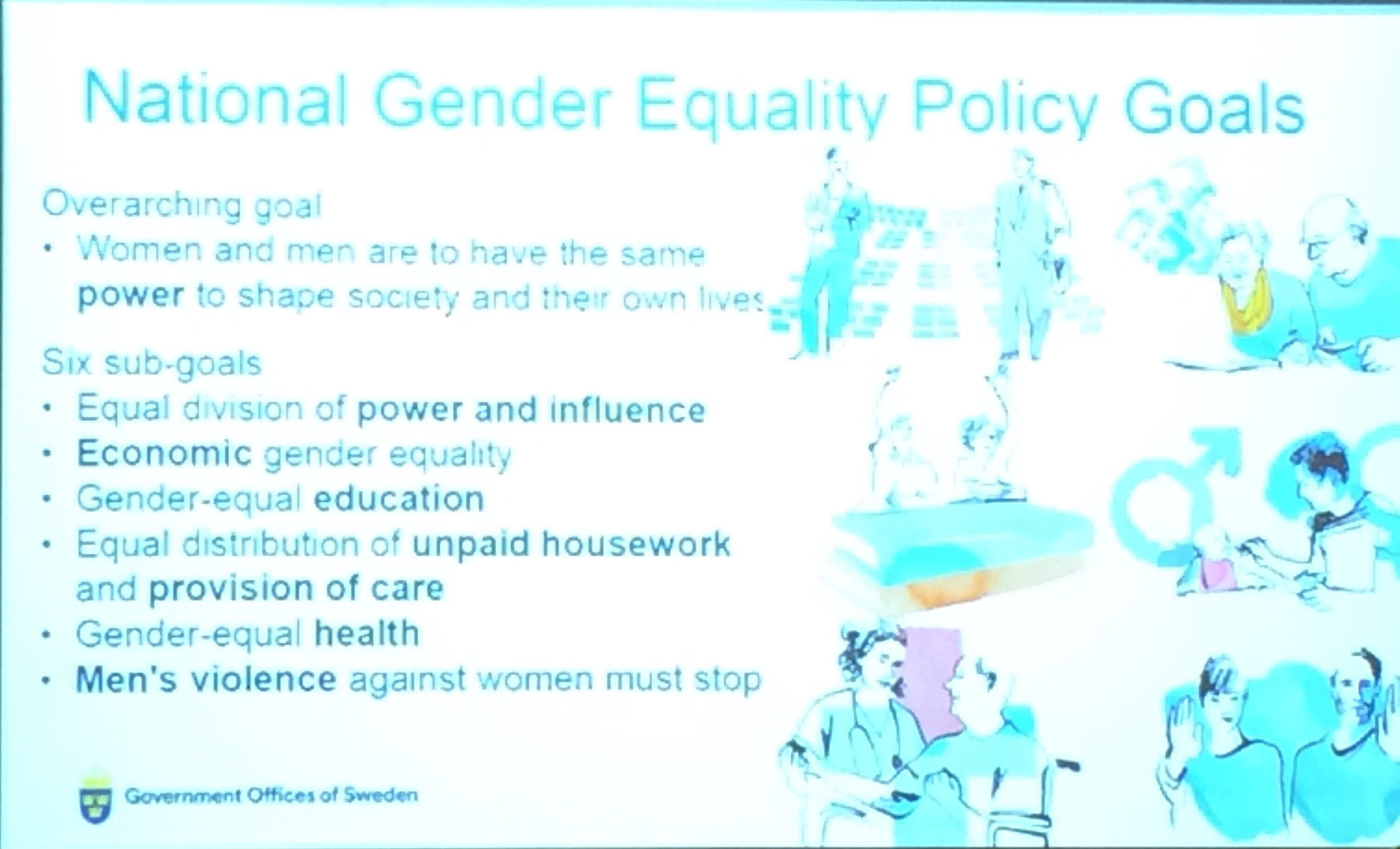An enlightening session was the summary of the 51 Beijing+25 national reports in a regional synthesis, presented by Monika Linn, Sustainable Development and Gender Unit, ECE. Sadly, she reported little that was new, but the same issues we discussed five years ago at the Beijing+20 Review:
- increasing violence against women, including cyber violence
- need for greater economic empowerment and political participation
- little progress on environmental protection and climate change
- gender equality mechanisms remain weak and underfunded
- constraints to opportunities due to unpaid care work and unequal distribution of household responsibilities
- need for increasing enrollment in STEM and reducing stereotypes to enable engagement in professions
The ECE is very diverse, with significant differences in histories, political systems and levels of development. Progress is uneven at best. We heard reports from various sub-regional groups of countries demonstrating the range of trends. Many countries reported on the alarming rise of far right movements with anti-gender messages. Many also talked about the need to allocate more funding, strengthen dialogues, and increase cooperation with civil society and women entrepreneurs. They called on civil society to continue to be watchdogs, and on journalists to communicate messages to promote women.
The European Institute on Gender Equality (EIGE) reported on EU member countries: in the most developed region in the world, with the EU Parliament the most gender balanced legislative body in the world, there is still much that needs to be done. The distribution of unpaid work responsibilities between women and men has not changed enough; in the EU, 7 million women don’t work, and 9 million work part time due to time spent on unpaid work. Single mothers are the population at greatest risk of poverty. There have been improvements, but when we analyze from an intersectional perspective, we can see bigger gaps. Governments must target these gaps between different groups, so we apply resources more effectively.
Several points were made in interventions from the floor. Once again we heard that the expansion of human rights has not followed a linear path, and we are seeing backlashes. Cyberspace is not safe for women and girls and must be regulated. There was a reference to CSW63 Agreed Conclusions on the importance of social protection, public services and infrastructure to improve empowerment of women and girls. Also mentioned was the role of men and boys in efforts to combat violence against women, the most significant obstacle to women and girls empowerment and opportunities.

